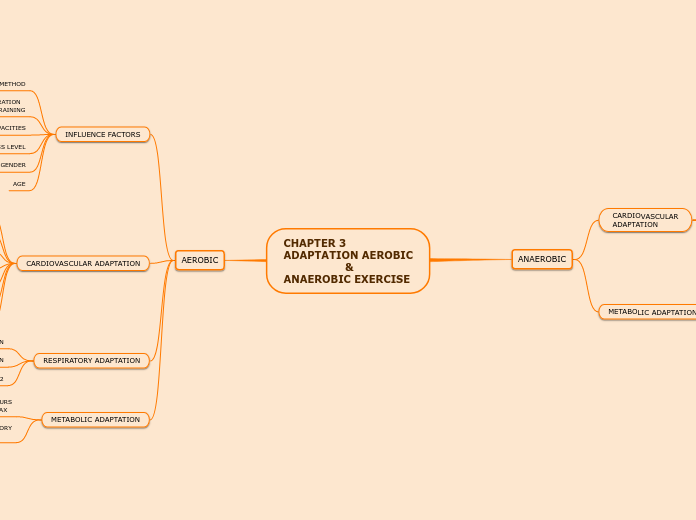по lance basalyga 1 года назад
181
Energy Systems and Muscle Fibres
Human muscles rely on different energy systems for various physical activities. The ATP-PC system provides quick energy for short bursts of intense effort, lasting around 10-15 seconds without producing lactic acid.









